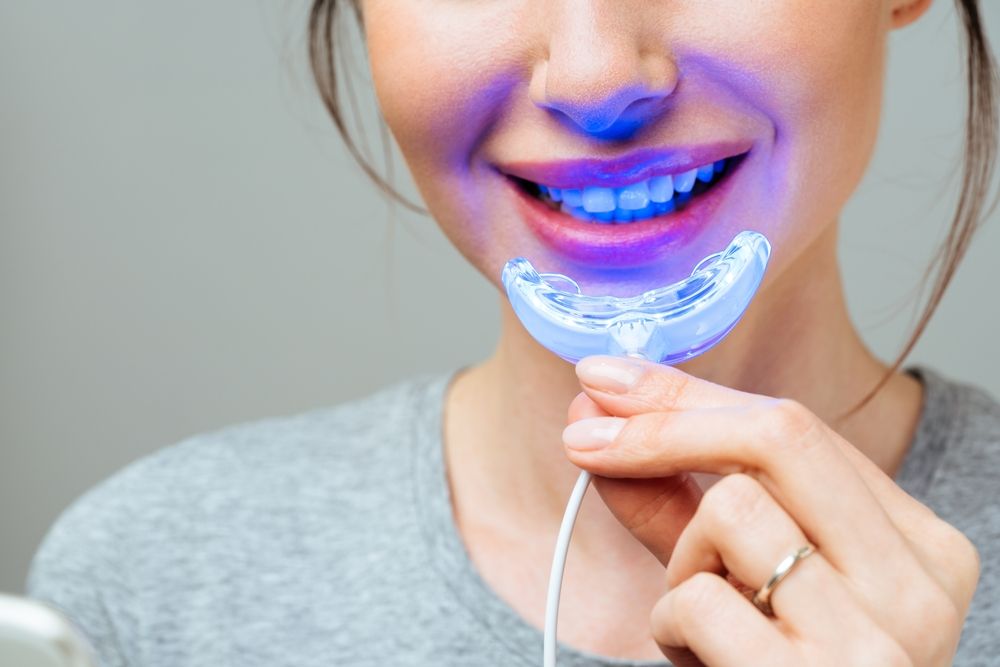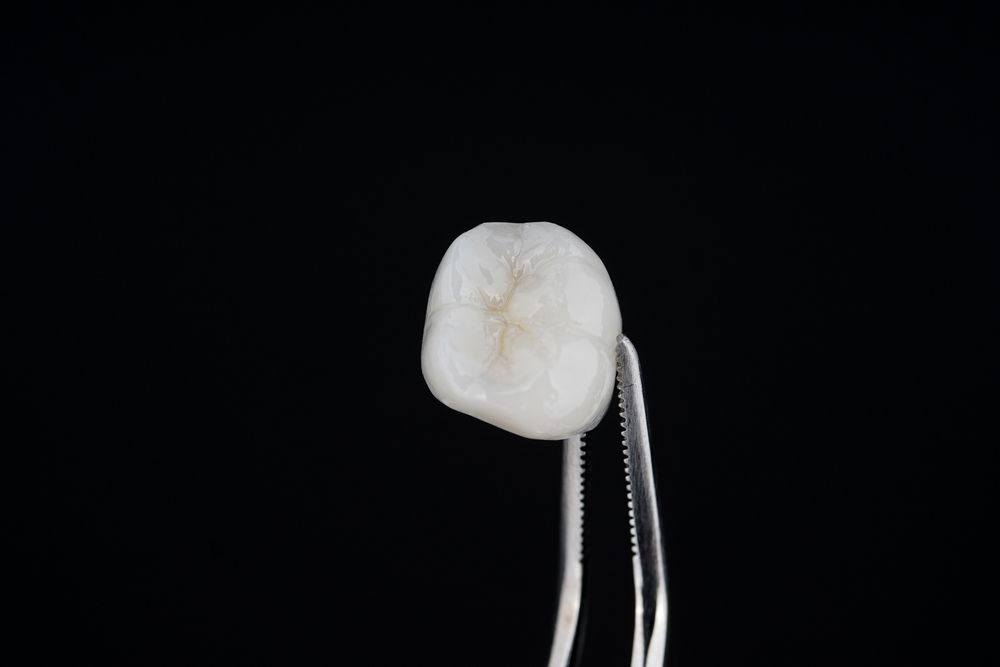When it comes to oral hygiene, brushing often takes center stage. However, flossing is an equally critical component of maintaining a healthy mouth. Despite its importance, many people skip flossing, often dismissing it as unnecessary or too time-consuming. Let’s dive into why flossing is essential and how to make it a regular part of your daily routine.
Why Is Flossing Important?
Flossing plays a vital role in oral health by cleaning areas that your toothbrush cannot reach. Here are some key reasons why flossing matters:
- Removes Plaque Between Teeth: Plaque is a sticky film of bacteria that forms on your teeth daily. If left untreated, it can harden into tartar, which can only be removed by a dental professional.
- Prevents Gum Disease: Plaque buildup can irritate your gums, leading to gingivitis—the early stage of gum disease. Flossing helps remove plaque and reduce inflammation.
- Reduces the Risk of Cavities: Cavities often form in areas where food particles and bacteria linger, such as between teeth. Flossing removes these particles and helps prevent tooth decay.
- Promotes Fresh Breath: Flossing removes food debris and bacteria that can cause bad breath, keeping your mouth feeling fresh.
- Contributes to Overall Health: Studies have shown a link between gum disease and systemic conditions such as heart disease and diabetes. Flossing helps reduce this risk by maintaining healthy gums.
Common Reasons People Avoid Flossing
Many people understand the benefits of flossing but still struggle to make it a habit. Common barriers include:
- Lack of time
- Discomfort or difficulty using traditional floss
- Forgetting to do it regularly
- Uncertainty about proper technique
How to Make Flossing a Habit
Turning flossing into a daily habit doesn’t have to be a challenge. Here are some tips to help you incorporate it into your routine:
- Start Small: If flossing all your teeth feels overwhelming, start by flossing just one or two teeth. Gradually increase the number until you’re flossing your entire mouth.
- Choose the Right Tools: If traditional floss is challenging to use, consider alternatives such as floss picks, water flossers, or interdental brushes. These tools can make the process easier and more comfortable.
- Pair It with Brushing: Keep your floss near your toothbrush to remind yourself to floss every time you brush. Pairing these activities helps reinforce the habit.
- Set a Reminder: Use a smartphone app or an alarm to remind you to floss at a specific time each day. Consistency is key.
- Make It Convenient: Keep floss in multiple locations, such as your bathroom, desk, or car, so you can floss whenever it’s convenient.
- Reward Yourself: Celebrate small wins by rewarding yourself for flossing consistently. Positive reinforcement can help solidify the habit.
- Educate Yourself: Understanding the long-term benefits of flossing can motivate you to stick with it. Talk to your dentist or hygienist for personalized advice.
Proper Flossing Technique
Using the correct technique is essential to getting the most out of flossing. Follow these steps:
- Take about 18 inches of floss and wind it around your middle fingers, leaving a few inches to work with.
- Hold the floss tightly between your thumbs and forefingers.
- Gently slide the floss between your teeth, using a sawing motion.
- Curve the floss into a C-shape around each tooth and move it up and down to clean the sides.
- Repeat for each tooth, using a clean section of floss each time.
Conclusion
Flossing is a simple yet powerful way to protect your oral health. By removing plaque and debris from between your teeth, you can prevent cavities, gum disease, and other oral health issues. With a little effort and consistency, flossing can become a natural part of your daily routine. Your teeth and gums will thank you!
If you’re unsure about the best flossing technique or tools for your needs, don’t hesitate to ask your dentist for guidance. Remember, a healthy smile starts with good habits.






